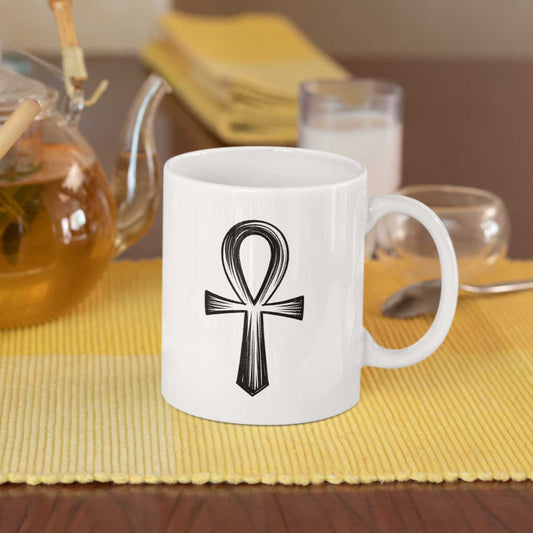Ankh

An iconic symbol from ancient Egyptian culture, is commonly known as the "key of life" or the "cross of life" and dates back to the Early Dynastic Period around 3100 BCE. Its distinctive shape, resembling a cross with a teardrop-shaped loop at the top, is rich in symbolic meaning and significance.
Design: The vertical arm of the Ankh represents the feminine principle, while the horizontal arm represents the masculine principle. The loop, or the oval at the top, is said to symbolize the sun rising above the horizon, fused with the cross of earthly existence, thereby combining the divine with the mundane.
Symbolism: The Ankh symbolizes eternal life, the life-giving power of the sun, and the union of opposites (male and female, earth and heaven). It is often seen in the hands of Egyptian gods and goddesses, indicating their ability to sustain life and to resurrect the dead. For the living, it was a symbol of life and fertility; for the deceased, it was a token of immortality and the life to come.
Cultural Significance: The Ankh was not just a spiritual emblem but also played a role in daily Egyptian life. It was a popular motif in jewelry, amulets, and household items, believed to bring good fortune and health. Pharaohs often carried it as a scepter, and it was a frequent motif in temple and tomb decorations, emphasizing the god-like status of the king and his or her power over life and death.
Historical Presence: The Ankh was prevalent throughout various periods in Egyptian history, including the Old, Middle, and New Kingdoms, and its usage continued until the end of the pharaonic culture around 30 BCE. It remains one of the most recognizable symbols of ancient Egypt, often associated with the mystique of this ancient civilization.



